EungGyun Kim
Kanana: Compute-efficient Bilingual Language Models
Feb 26, 2025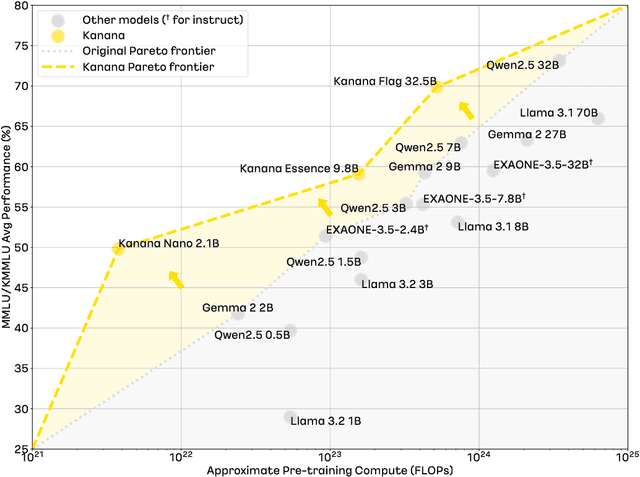



Abstract:We introduce Kanana, a series of bilingual language models that demonstrate exceeding performance in Korean and competitive performance in English. The computational cost of Kanana is significantly lower than that of state-of-the-art models of similar size. The report details the techniques employed during pre-training to achieve compute-efficient yet competitive models, including high quality data filtering, staged pre-training, depth up-scaling, and pruning and distillation. Furthermore, the report outlines the methodologies utilized during the post-training of the Kanana models, encompassing supervised fine-tuning and preference optimization, aimed at enhancing their capability for seamless interaction with users. Lastly, the report elaborates on plausible approaches used for language model adaptation to specific scenarios, such as embedding, retrieval augmented generation, and function calling. The Kanana model series spans from 2.1B to 32.5B parameters with 2.1B models (base, instruct, embedding) publicly released to promote research on Korean language models.
Deep Context- and Relation-Aware Learning for Aspect-based Sentiment Analysis
Jun 07, 2021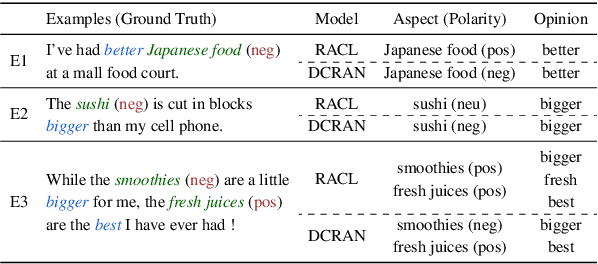
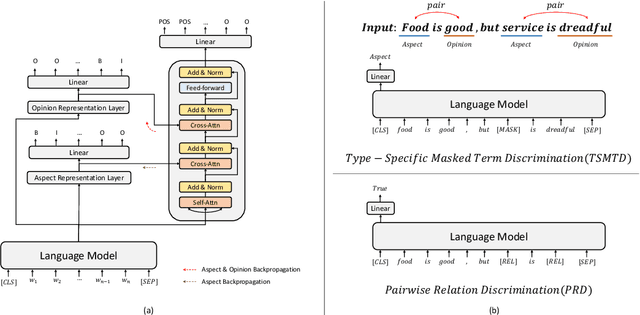

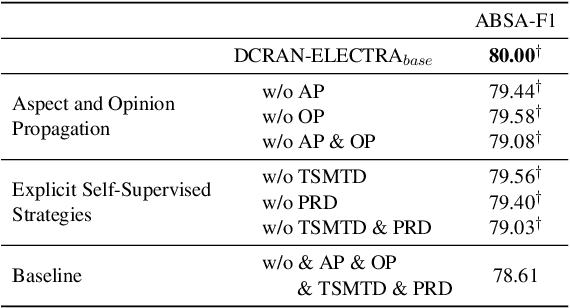
Abstract:Existing works for aspect-based sentiment analysis (ABSA) have adopted a unified approach, which allows the interactive relations among subtasks. However, we observe that these methods tend to predict polarities based on the literal meaning of aspect and opinion terms and mainly consider relations implicitly among subtasks at the word level. In addition, identifying multiple aspect-opinion pairs with their polarities is much more challenging. Therefore, a comprehensive understanding of contextual information w.r.t. the aspect and opinion are further required in ABSA. In this paper, we propose Deep Contextualized Relation-Aware Network (DCRAN), which allows interactive relations among subtasks with deep contextual information based on two modules (i.e., Aspect and Opinion Propagation and Explicit Self-Supervised Strategies). Especially, we design novel self-supervised strategies for ABSA, which have strengths in dealing with multiple aspects. Experimental results show that DCRAN significantly outperforms previous state-of-the-art methods by large margins on three widely used benchmarks.
OutFlip: Generating Out-of-Domain Samples for Unknown Intent Detection with Natural Language Attack
May 12, 2021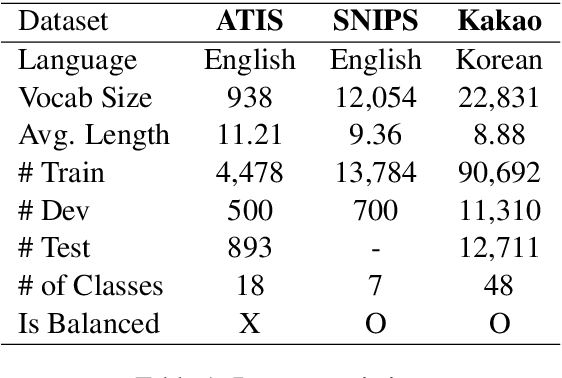
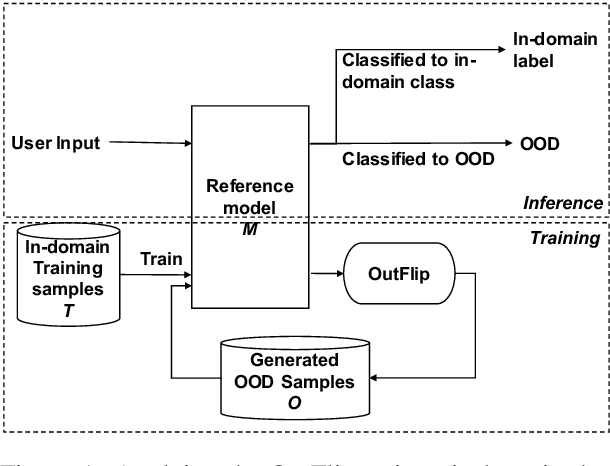


Abstract:Out-of-domain (OOD) input detection is vital in a task-oriented dialogue system since the acceptance of unsupported inputs could lead to an incorrect response of the system. This paper proposes OutFlip, a method to generate out-of-domain samples using only in-domain training dataset automatically. A white-box natural language attack method HotFlip is revised to generate out-of-domain samples instead of adversarial examples. Our evaluation results showed that integrating OutFlip-generated out-of-domain samples into the training dataset could significantly improve an intent classification model's out-of-domain detection performance.
Auxiliary Sequence Labeling Tasks for Disfluency Detection
Oct 24, 2020
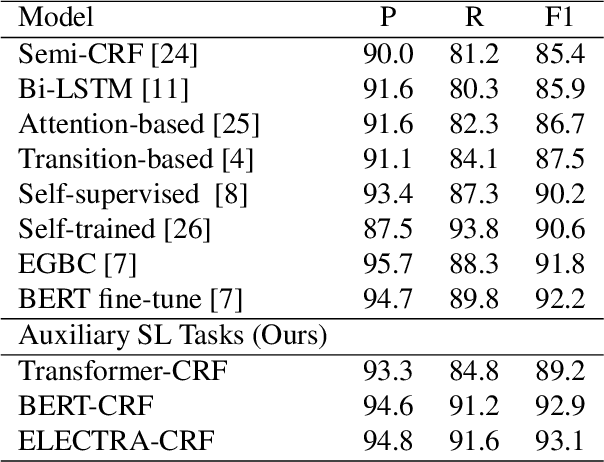

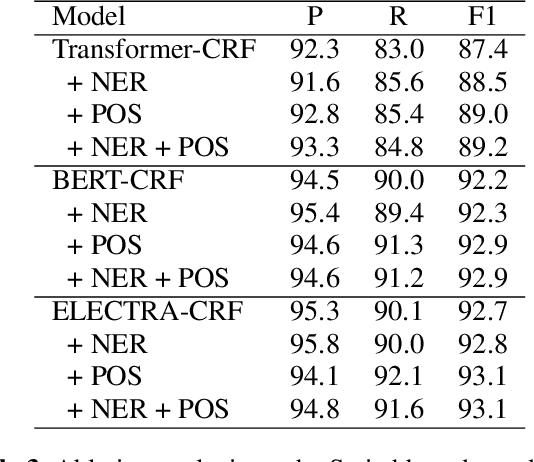
Abstract:Detecting disfluencies in spontaneous speech is an important preprocessing step in natural language processing and speech recognition applications. In this paper, we propose a method utilizing named entity recognition (NER) and part-of-speech (POS) as auxiliary sequence labeling (SL) tasks for disfluency detection. First, we show that training a disfluency detection model with auxiliary SL tasks can improve its F-score in disfluency detection. Then, we analyze which auxiliary SL tasks are influential depending on baseline models. Experimental results on the widely used English Switchboard dataset show that our method outperforms the previous state-of-the-art in disfluency detection.
Integrated Eojeol Embedding for Erroneous Sentence Classification in Korean Chatbots
Apr 13, 2020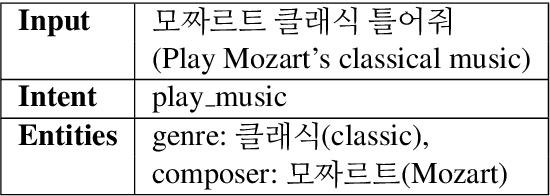
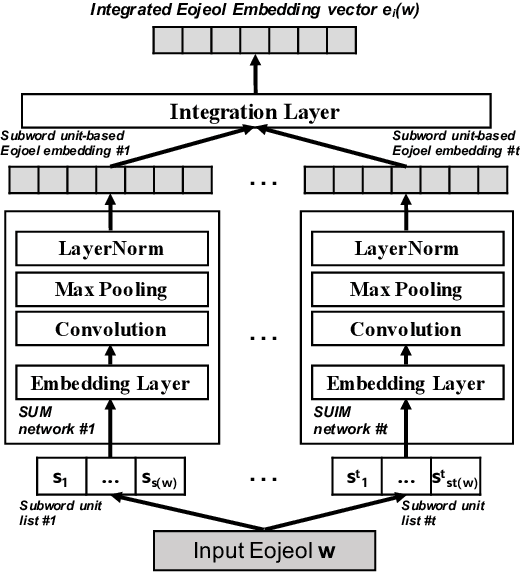
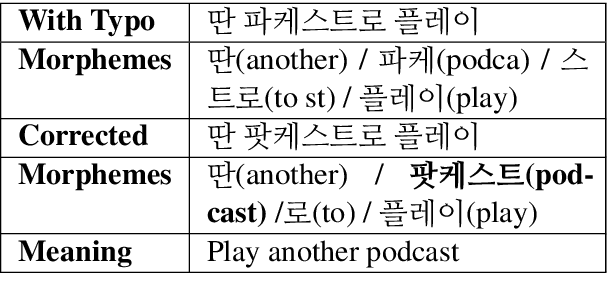
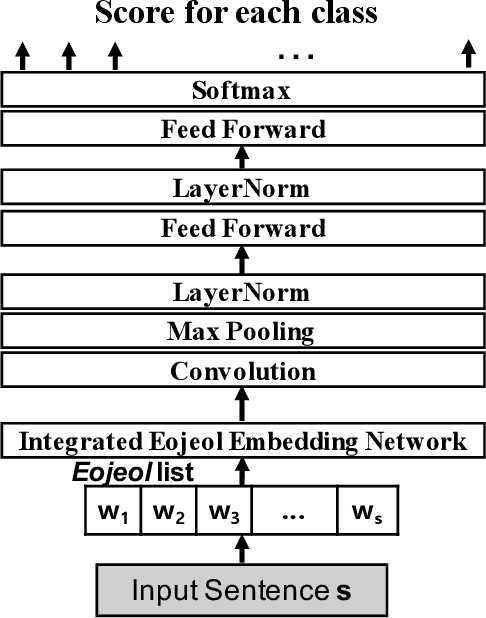
Abstract:This paper attempts to analyze the Korean sentence classification system for a chatbot. Sentence classification is the task of classifying an input sentence based on predefined categories. However, spelling or space error contained in the input sentence causes problems in morphological analysis and tokenization. This paper proposes a novel approach of Integrated Eojeol (Korean syntactic word separated by space) Embedding to reduce the effect that poorly analyzed morphemes may make on sentence classification. It also proposes two noise insertion methods that further improve classification performance. Our evaluation results indicate that the proposed system classifies erroneous sentences more accurately than the baseline system by 17%p.0
RYANSQL: Recursively Applying Sketch-based Slot Fillings for Complex Text-to-SQL in Cross-Domain Databases
Apr 07, 2020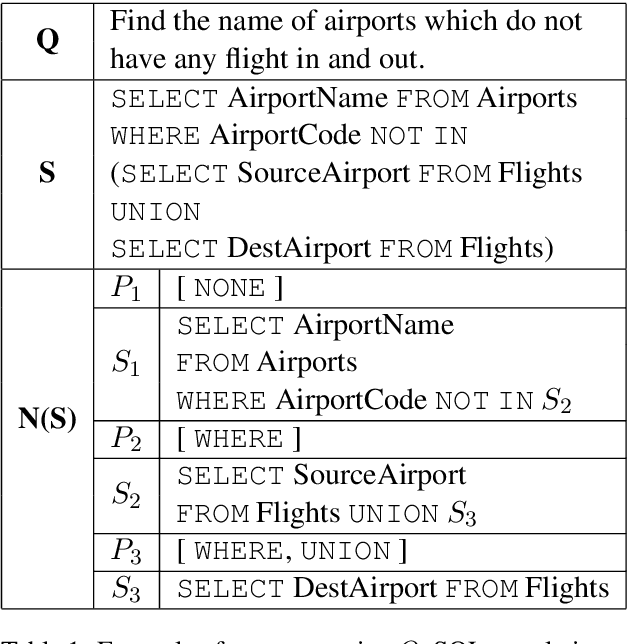

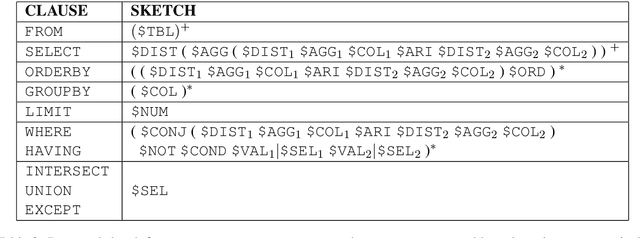
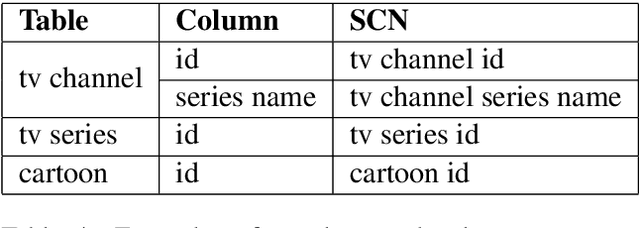
Abstract:Text-to-SQL is the problem of converting a user question into an SQL query, when the question and database are given. In this paper, we present a neural network approach called RYANSQL (Recursively Yielding Annotation Network for SQL) to solve complex Text-to-SQL tasks for cross-domain databases. State-ment Position Code (SPC) is defined to trans-form a nested SQL query into a set of non-nested SELECT statements; a sketch-based slot filling approach is proposed to synthesize each SELECT statement for its corresponding SPC. Additionally, two input manipulation methods are presented to improve generation performance further. RYANSQL achieved 58.2% accuracy on the challenging Spider benchmark, which is a 3.2%p improvement over previous state-of-the-art approaches. At the time of writing, RYANSQL achieves the first position on the Spider leaderboard.
 Add to Chrome
Add to Chrome Add to Firefox
Add to Firefox Add to Edge
Add to Edge